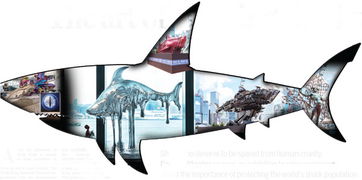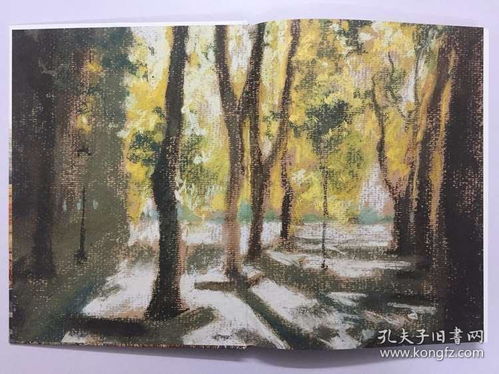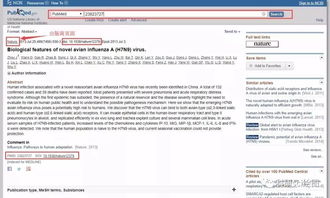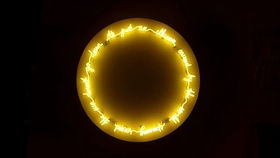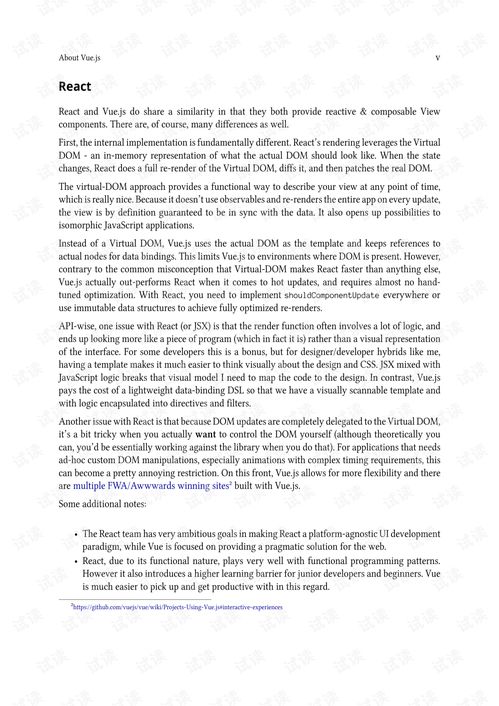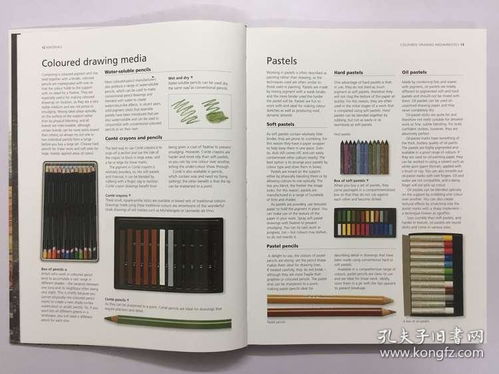
Content:
In the world of angling, the pursuit of the perfect catch often hinges on the presence of fish. However, what happens when the fish are scarce or elusive? Fear not, for even in the absence of fish, there are valuable lessons and techniques to be learned from the art of fishing. This article delves into the intricacies of fishing without fish, offering essential tips, visual guides, and a deeper understanding of the craft.
Understanding the Basics
Before we delve into the specifics of fishing without fish, it's crucial to understand the fundamental principles of angling. Fishing is not merely about casting a line into the water and waiting for a bite; it's an art that requires patience, knowledge, and a keen sense of observation. Here are some basic tenets to keep in mind:
Location, Location, Location: The old adage holds true in fishing. Knowing where to cast your line is key. Research the habits of the fish you're targeting and find their preferred habitats.
Equipment: The right gear can make all the difference. Choose rods, reels, lines, and lures that are appropriate for the species and conditions you're dealing with.
Bait and Lures: Understand the preferences of the fish you're after. Live bait, artificial lures, or even homemade concoctions can all be effective, depending on the situation.
Timing: Fish are most active at certain times of the day. Early morning, dusk, and night are often prime fishing hours.
Techniques for Fishing Without Fish
When the fish are not biting, it's time to employ alternative strategies. Here are some techniques that can help you hone your skills and make the most of your time on the water:
Practice Casting: Even without a fish to catch, practicing your casting technique can greatly improve your accuracy and distance. Use a visual target, like a buoy or a stick in the water, to aim for.
Tackle Maintenance: Utilize this time to check and maintain your tackle. Clean your reels, sharpen your hooks, and inspect your lines for any wear or damage.
Learn to Read the Water: Study the currents, water flow, and depth. This knowledge can help you understand where fish might be hiding or how they might move.
Understand Fish Behavior: Observe the behavior of fish in your area. Even if they're not biting, you can learn a lot about their habits and preferences.
Experiment with Lures: Without fish to test your lures, it's the perfect opportunity to experiment with different colors, sizes, and types of bait. This can lead to better understanding of what works best in your specific environment.
Visual Guides to Enhance Your Learning
Visual aids can be incredibly helpful in learning new skills. Here are some images and diagrams that can guide you through the process of fishing without fish:
Casting Diagrams: Visual representations of the casting motion can help you understand the mechanics of casting and how to improve your technique.
Tackle Diagrams: Detailed illustrations of different types of tackle, from rods and reels to lures and hooks, can help you choose the right equipment for the job.
Fish Habitat Maps: Diagrams showing the typical habitats of different fish species can help you understand where to look for them.
Bait and Lure Comparisons: Side-by-side comparisons of different baits and lures can help you see the subtle differences that might make a big difference in catching fish.
Weather and Water Conditions: Visual indicators of weather and water conditions can help you make informed decisions about when and where to fish.
Conclusion
Fishing without fish may seem like a frustrating endeavor, but it can be a valuable learning experience. By focusing on technique, equipment maintenance, and understanding the environment, you can improve your skills and be better prepared for the next time the fish are biting. Remember, the true art of fishing lies not just in catching fish, but in the journey and the knowledge gained along the way.

